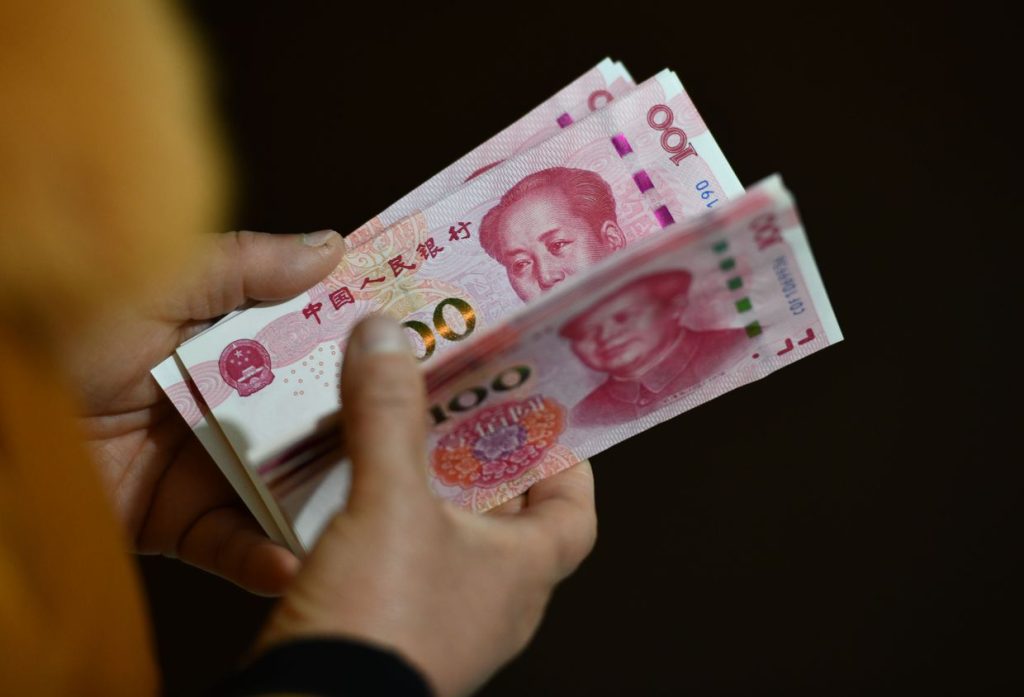The trade of Chinese yuan on Russia’s foreign exchange market has increased significantly, reaching a record high in March 2022. According to data from Russia’s central bank, the share of yuan in foreign currency exchanges rose to 53%, up from just 3% in March 2021. This growth reflects Russia’s efforts to reduce its reliance on the US dollar and the euro, which have been dubbed as “toxic” currencies. Russian Central Bank head Elvira Nabiullina noted that the share of the dollar and the euro has nearly halved over the past year, indicating a shift towards alternative currencies like the yuan. However, Western sanctions have also impacted Russia’s ability to make payments in yuan, as some Chinese banks have reportedly stopped accepting payments from Russia due to fears of US sanctions.
China has deepened its economic cooperation with Russia amidst the ongoing conflict in Ukraine, strengthening their ties and thwarting Western attempts to isolate Russia. Russian Foreign Minister Sergei Lavrov recently visited Beijing on an official state visit, signaling the close relationship between the two countries. The increasing trade of Chinese yuan in Russia’s foreign exchange market is a clear example of the growing economic partnership between Russia and China, as they seek to navigate around Western sanctions and reduce their dependence on traditional currencies like the dollar and the euro. This shift highlights the evolving dynamics in the global financial landscape, with countries like Russia and China moving towards greater economic independence and diversification.
The rise of the Chinese yuan in Russia’s economy reflects a broader trend of countries seeking to diversify their foreign exchange reserves and reduce their vulnerability to economic sanctions. Russian officials have been vocal in their criticism of Western financial systems, citing the need for greater independence and autonomy in the face of geopolitical tensions. By increasing the trade of yuan and reducing the use of dollars and euros, Russia aims to insulate itself from the impact of Western sanctions and minimize the risks associated with relying on traditional reserve currencies. This strategic shift demonstrates Russia’s proactive approach to safeguarding its economy and enhancing its financial resilience in a volatile global environment.
The trade turnover of Chinese yuan in Russia’s foreign exchange market highlights the changing dynamics of global finance, with emerging economies like China playing an increasingly prominent role. As Russia seeks to diversify its currency exchanges and reduce its exposure to Western currencies, the yuan has emerged as a viable alternative that offers stability and security. This trend is indicative of a broader shift towards multipolarity in the global financial system, as countries explore new avenues of cooperation and economic integration outside of traditional Western frameworks. By embracing the yuan and fostering closer ties with China, Russia is positioning itself for greater economic stability and resilience in a rapidly evolving geopolitical landscape.
In conclusion, the growing trade of Chinese yuan in Russia’s foreign exchange market signals a shift towards economic diversification and independence, as Russia seeks to reduce its reliance on traditional reserve currencies like the dollar and the euro. This strategic move reflects Russia’s efforts to insulate itself from Western sanctions and navigate the complex geopolitical challenges facing the country. By deepening its economic cooperation with China and embracing alternative currencies like the yuan, Russia is positioning itself for greater financial stability and resilience in the face of global uncertainties. The increasing importance of the yuan in Russia’s economy underscores the evolving dynamics of international finance and the emergence of new economic partnerships that are shaping the future of the global financial system.


